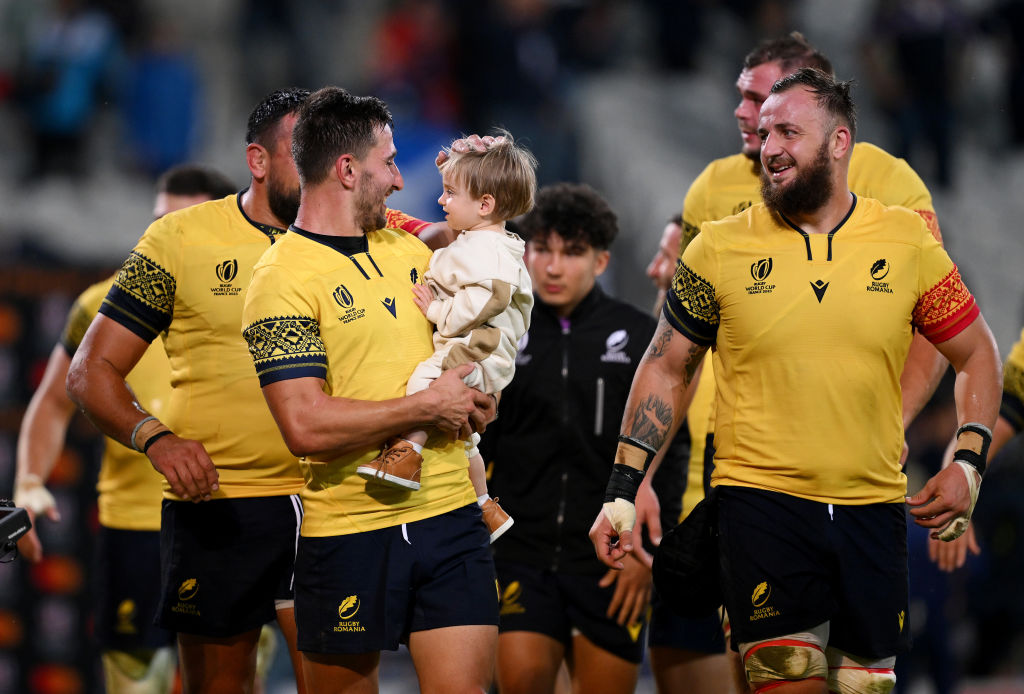Blood, sweat and tiers: Rugby needs Tier Two teams, they cannot be banished into shadows

We have seen England topple debutants Chile 71-0 and New Zealand beat Rugby World Cup stalwarts Italy 96-17 but the biggest issue this tournament has seen is established Tier Two sides such as Romania fall victim to long-term neglect.
Because when you look at their last 10 fixtures Romania have scored just 152 points, averaging 15.2 per match, and 2.6 per World Cup match this year.
But this is a side who have former Scotland coach Vern Cotter and who are being thrashed with little resistance.
Rugby World Cup storylines
Sure, there’s a nice storyline in there about resilience and effort but at the end of the day Tier Two nations will rarely succeed on the global stage because they’re being denied the opportunity to progress at a regional and continental level.
And when World Rugby’s new global league gets underway in 2026 – with 12 major nations competing with one another over a two-year period – Tier Two nations, or many of the ones desperate for some further development anyway, will be left out.
Fiji have surprised many at this World Cup and are set for a quarter-final against England but that has come after investment in a domestic team that features in Super Rugby – alongside New Zealand and Australian franchises – and financial backing. Others need the same.
Europe’s biggest challenger to Fiji in terms of potential is Georgia, and they’re only just being let into the European leagues, with their place in the Challenge Cup secured for the coming season.
Tier Two nations cannot be expected to challenge at Rugby World Cups in the future if they’re not exposed to top flight oval ball for the three years between each showpiece event.
Tier two banished
The new global tournament could kill off any hope of that. It will ensure Tier Two nations are banished to the fringes and, ironically, could be the end of rugby’s hopes of becoming a truly global sport.
The game needs South American fans, North American popularity and Asian growth; it needs African interest and the world’s smaller islands to have the hope of succeeding.
Pitting the likes of Romania or Chile against the biggest nations just once every four years does nothing for that cause.
There are calls to expand the World Cup to 24 teams ahead of the 2027 tournament in Australia but it would be a competition where interest in the host nation could be at a record low and beatings on the pitch could be at a record high – unless those newer nations are able to see where they are against Tier One opposition across the next four-year cycle.
Pointing a path
And in 2031 when the tournament goes to the United States, there’s a good chance the hosts will need to rely on their automatic qualification spot, because on current form there’s little reason to believe they’ll qualify on their own.
This Rugby World Cup has had some incredible moments, and Fiji’s success is the highlight.
It points a path for World Rugby as to what can happen on the biggest of stages if investment and opportunity is provided in the pathway, both domestically and internationally.
It is the wrong time to close off the elite nations and banish the wannabes to the shadows, because to do so only highlights the frailties in rugby; a sport so close to a sudden and painful death on the world stage.
So when there are drubbings on the final weekend of fixtures, or Tier Two teams look shattered after four games in four weeks against superior opposition, remember why that is and why it doesn’t need to be this way.